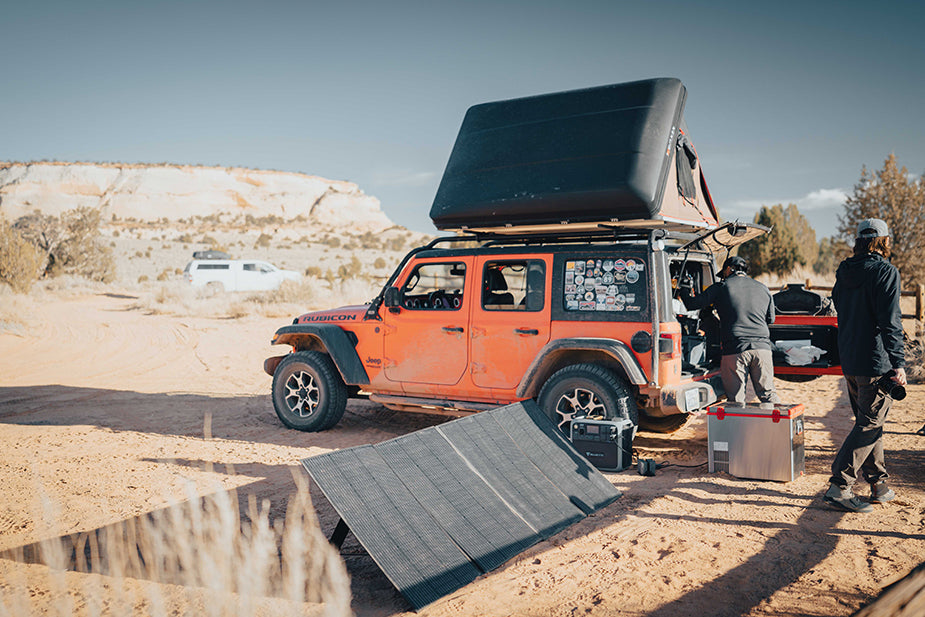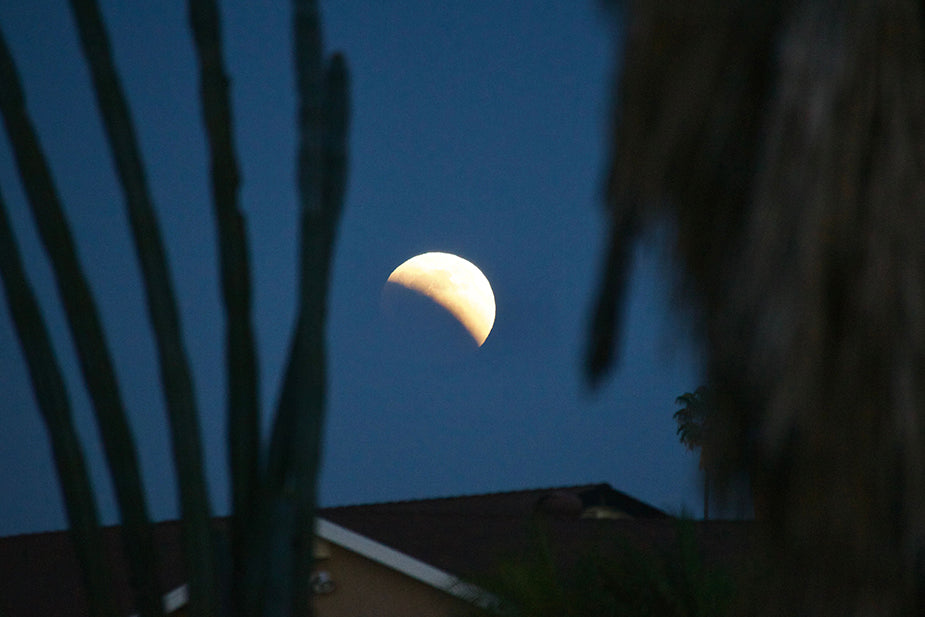With the winter months fast approaching, the weather will soon become more unpredictable. Not only will the days become shorter and darker, but there are bound to be more clouds in the sky.
As solar panels draw their energy from the sun, it is a common misconception that they don’t work in cloudy or overcast conditions. However, solar panels don’t need direct sunlight to produce electricity, meaning that they will continue to work even in adverse weather conditions.
How Do Solar Panels Produce Electricity?
Solar panels use photovoltaic (PV) cells to absorb daylight and generate direct current (DC) electricity to power appliances both in the home and on the go. Solar modules are made with semiconducting materials such as silicon that convert light into electricity efficiently.
When photons (light particles) are absorbed by the cells, their energy frees electrons and creates electron–hole pairs. The cell’s internal electric field drives the electrons, producing DC electricity. An inverter then converts this DC into alternating current (AC), which is what household sockets require.
Because output depends on irradiance, panels generally produce more electricity in stronger sunlight. For instance, on a clear day, production often peaks around midday when the sun is highest. That said, panels can still generate energy when the sun isn’t directly visible.

How Do Solar Panels Work on Cloudy Days?
PV modules respond to daylight across parts of the visible and near‑infrared spectrum, so they continue to generate electricity even on overcast days.
Although output is lower in cloud, panels can still produce up to about 25% of their usual clear‑sky output (actual figures vary with cloud thickness, orientation, and temperature). Diffuse light penetrating cloud keeps production going even without direct sun.
In simple terms, if there’s enough light to cast a shadow, there’s enough light for your panels to generate electricity.
The ‘Edge‑of‑Cloud’ Effect
Clouds and shade usually reduce production, but not always. At the bright edges of moving clouds, sunlight can be scattered and briefly concentrated toward the array, increasing irradiance. This so‑called edge‑of‑cloud effect can cause short spikes in output above typical clear‑sky levels.

Will Solar Panels Work in the Shade?
Natural and man‑made shade (trees, chimneys, nearby buildings) reduces energy yield. How much it hurts depends on system design—especially the use of microinverters or power optimizers.
In traditional string‑inverter systems, panels are wired in series; shading one panel can limit current for the whole string (bypass diodes help, but losses still occur). With module‑level power electronics (microinverters/optimizers), each panel operates independently, so a shaded module affects mainly itself rather than the entire array.
That’s why systems with multiple independent inverters (or optimizers) generally suffer less from partial shading.
What Other Conditions Affect the Efficiency of Solar Panels?
Time of day, temperature, and other weather conditions all influence performance.
During the Night
PV modules require daylight to generate electricity, but systems paired with battery storage can use excess daytime energy after sunset to keep essential loads running.

Fog
Like cloud, fog reduces irradiance, but panels still capture some energy from the diffuse light. Fog often burns off through the morning, so output typically improves toward midday if skies clear.
Rule of thumb: panels may operate at roughly around 50% of normal efficiency in fog—often better than under very dense cloud—though local conditions vary.
How Effective Are Solar Panel Systems?
Whether on the go or at home, energy needs vary. Placement is critical: aim for an open area and an approximate 30‑degree tilt toward the sun (site‑specific angles vary). Good siting can materially lower electricity bills.
For example, a 12‑panel residential system can save over €534 per year, depending on location, tariffs, and usage patterns.
Making the Most of Your Solar Panels
Adverse weather can reduce output, but it doesn’t stop PV from working. With sensible system design (orientation, tilt, shade management) and, where appropriate, battery storage, you can maximize production—even on cloudy days.
Here at Bluetti, we offer a range of foldable, portable, and efficient solar panels to produce power in many locations and weather conditions. If you have questions about PV systems or our products, contact our expert team today!